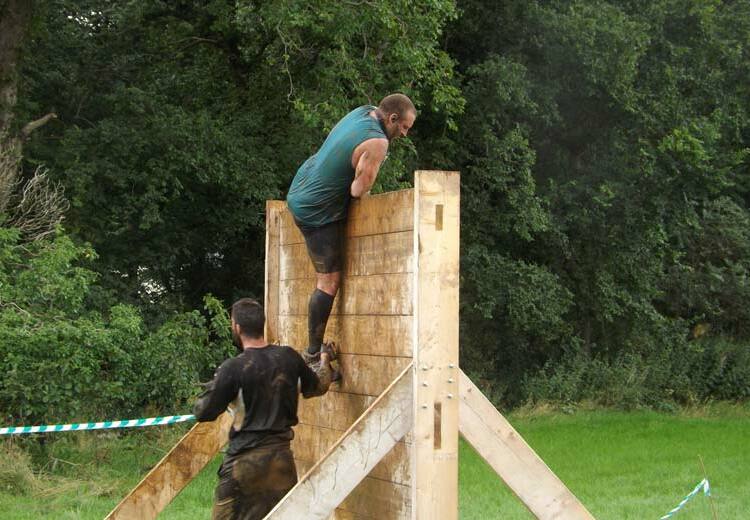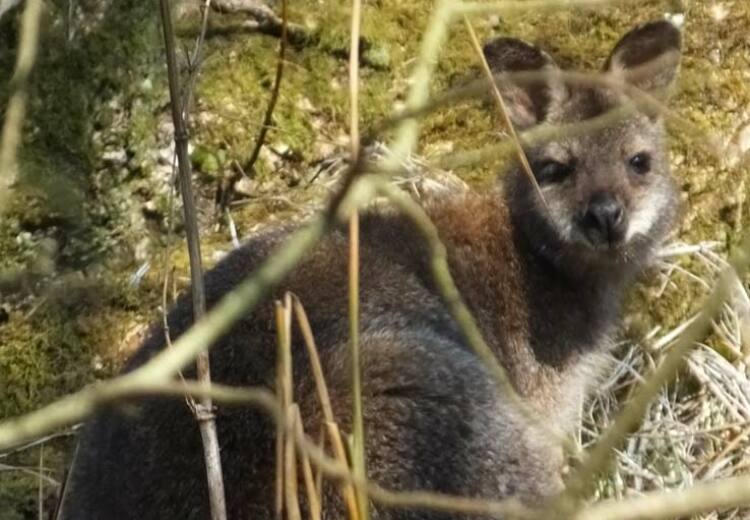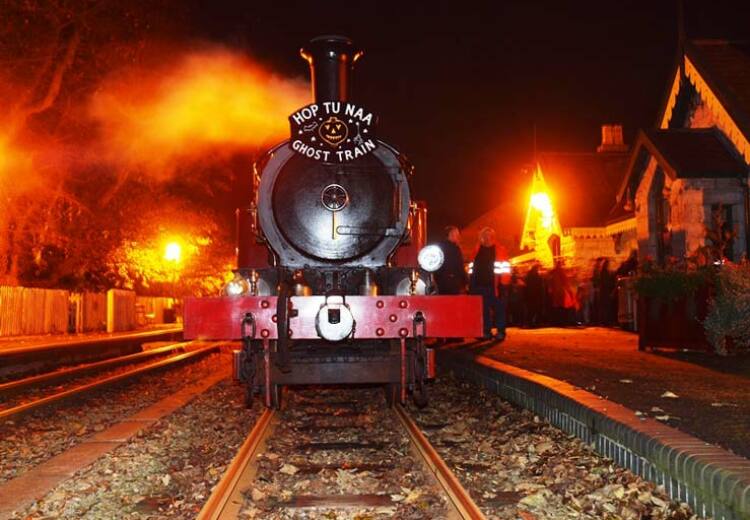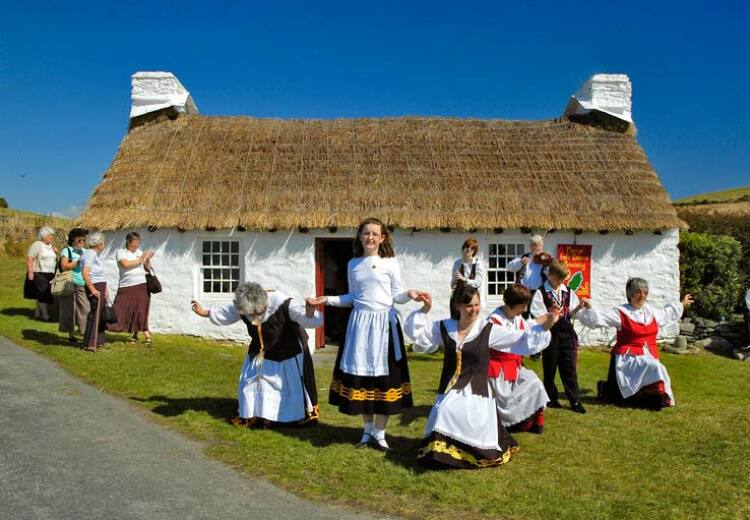SPRING is in the air and the lambing season is well underway in the Isle of Man.
For conventional sheep farmers this time of year can be an exhausting experience but for Manx farmers who breed Loaghtan sheep – it can be a little less taxing.
The primitive breed of mountain sheep, which have either two or four horns, are believed to have been introduced by the Celts or Vikings.
The Manx Loaghtan went into decline in the 18th century but was revived two centuries later by Manx sheep famers who recognised how adaptable the sheep were to the Island's landscape.
Ian Sleight, a farmer from Ronague, started his flock around 15 years ago when he acquired a handful of sheep from a church yard in Kirk Michael, where they had been used to keep the grass short.
He describes the Loaghtan breed as "tough" and says they don't need much assistance when it comes to lambing time.
Ian's sheep began lambing at the start of this month after a gestation period of five months. He said: "The whole idea behind Loaghtan is that they are low maintenance and they just get on with it.
"The tup (an uncastrated male sheep) went in with my ewes on November 1, for a month, so they should have started lambing on April 1 – the first lamb was born four days early.
"You could start in August so that you get earlier lambs around January time. Some do to try to hit the Easter market and get a higher price for their meat - but it costs you more as you tend to get a smaller percentage of lamb and you have to feed them more."
And get on with it they do, Loaghtan ewes will give birth naturally and very rarely need any human intervention.
Ian explained: "They are tough sheep. I was only speaking to someone recently saying I hadn't lambed a Loaghtan - because I couldn't remember the last time I had – but then I ended up lambing one the day after.
"This was the ewe's first lamb and only its head was coming out and he was stuck. I had to stick him back in, find his legs, and pull him out. There is a chance the lamb might have died but you can usually get them out ok."
As with all breeds Loaghtan ewes can reject their young. These lambs are known as meg lambs and have to be hand reared by the farmer.
Ian continued: "You can never tell how many will be rejected - you just hope you don't have any. Anything can trigger them rejecting a lamb – they might be sore and in pain from lambing and take spite with the lamb.
"The biggest danger with Loaghtans is that sometimes a ewe will pinch another ewes lamb. But then when she has her own lambs she could reject it because it doesn't have her smell on it. All of them have their own smell and that's how they know their own – plus they know the shout of their own lamb. We can't tell the difference, but a ewe and a lamb know each others shout.
"Also out on the mountains walkers come across lambs where they've been left alone because the sheep has run off frightened. Sometimes they don't come back so the lamb is abandoned."
For the meg lambs that are abandoned Ian is on hand to ensure they survive. He said: "You can foster lambs on - you wipe the birth fluids, of a ewe that is birthing, over a meg lamb and most of the time the sheep will take it on.
"If not, to start with, you feed the meg lambs four times a day by bottle. As they get bigger you gradually go down to twice a day and then once a day. When they’re young the milk has to be warm and you buy powdered milk specifically for lambs because it has a higher fat content. Initially when they are tiny they need the milk warm to keep them warm. Once they get a bit bigger you can gradually cool it down. In the end you wean them after about six weeks.
"Meg lambs are usually kept in the barn but in the past most farmhouses had Rayburns. The classic story was that if you found a lamb that was pretty far gone, out in the field, you'd bring it in, stick it in a box and put it in the Rayburn to warm it up!"
Although meg lambs are few and far between Ian said they do pose a slight problem from being hand-reared. He explained: "If you have one meg lamb that's when you get problems. They don't associate themselves with other sheep, they get indoctrinated and follow you around and follow your voice. If you've got two or three it's easier to put them in with the other sheep as they get used to them."
The meg lambs that Ian hand rears are considered family pets and are not sent for slaughter. However there was one exception to the rule, when meg lamb Orry took a funny turn.
Ian said: "I sold Orry to George Steriopolous (another Loaghtan farmer). He was a meg lamb and was castrated so wasn't a tup. He was a pet but he went a bit funny and started going for me – when he was coming for me with those big horns like that I thought 'you're going'.
"George said that they had used some of his meat at the BBC Good Food Show and the top chefs thought it was absolutely wonderful. He kept me a leg as well and so we had that at Easter."
Loaghtan meat is renowned for its distinct gamey flavour. It is fine grained and contains less fat and cholesterol than conventional lamb.
Ian said he has no problem with eating the sheep that he had farmed. He explained: "I don't feel guilty about eating something I have reared. You can't get attached – that's what they're reared for, the job is to produce meat."
Loaghtans are normally killed at around 15 months of age when they weigh around 18 kilos. Ian continued: "The trouble with Loaghtan is that it is a bit seasonal. It's a niche market for the Loaghtan because of the timescale of raring them.
"But they tend to look after themselves. It's a different kind of farming - they'll eat anything. They go around and eat the gorse, crops, and cushag– which is poisonous to horses and cattle. I feed them hay and fodder beets in the winter which I make up. I don't buy any food for them - I try to be self sufficient because I don't really make any money out of them. They just keep the grass down!"








